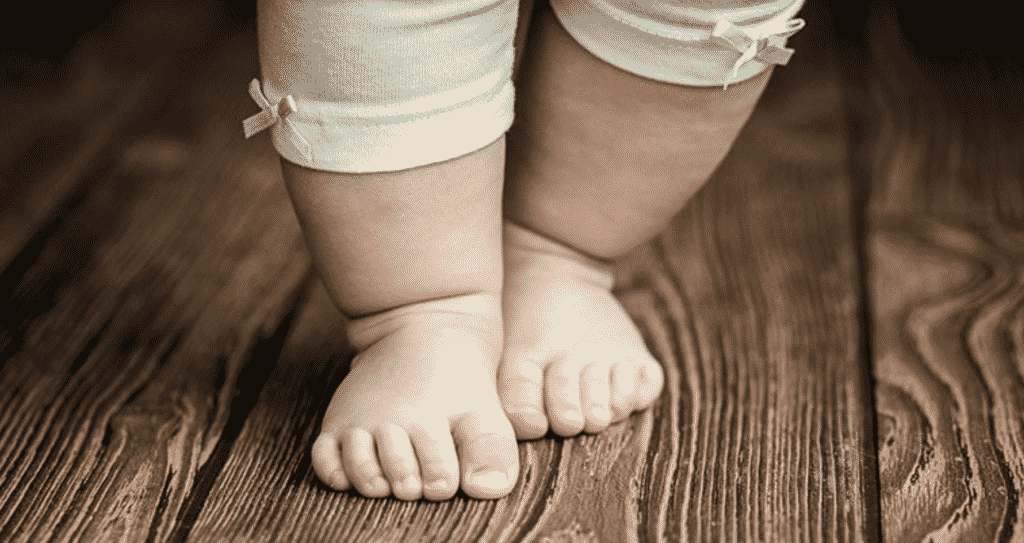What is ankle pronation?
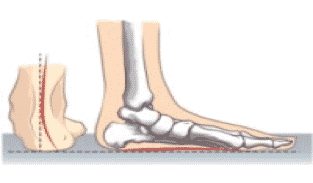
This condition is called ankle pronation when child feet are rolling inwards. Child has tendency walking on inner border of the foot instead placing whole footprint on the ground. Pronation is frequently associated with flat feet and in some cases can cause a foot pain. The main cause of pronation in children is wearing none supportive shoes as a child. Cheap, badly constructed shoes without ankle support, orthopedic arches, profiled soles will damage and destroy child’s feet over time.
What is flat foot?
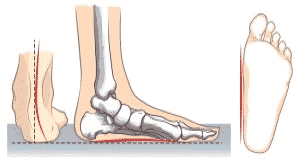
In Normal Foot, the weight of the body is distributed straight down through the foot structure. In the flat foot, because the over-pronation (the ankle rolls inward), the weight is not distributed as effectively to the front, more weight is transferred to the inside of the sole.
What is the cause of the flat feet?
Only 10% of the flat feet are inborn. This means that that it was present at your parents and grandparents. The most common flat feet are acquired due to wearing incorrect shoes while a child. (with the flat sole, with no orthopedic support), high body weight and increased pressure to feet or some injury. If developed by adulthood flat feet generally remains permanently!
What are consequences of flat feet?
Although this condition can be painless for the child (due to fast regeneration of inflamed tissues), in time, due to aging, physical activities and slow regeneration can trigger secondary conditions associated with pain, not only in your foot, but also ankles, knees, hips and back. This is all due to the incorrect posture inducted by the flat feet. There are a lot of stories from adults who suffer from flat feet. There are lots of stories from adults who suffer from flat feet. Ladies cannot wear nice high heel shoes, men cannot stand for a long time at their jobs because of knee and back pain. People cannot to their preferred activity.
Healthy feet begin with first steps. Podiatrists point out that the first years are very important for the feet development of children. The solution for flat feet is the shoes with arch support and hard shoe heel counter. The leather orthopedic innersole will help a child to form proper arch and correctly shape little feet. Genuine European orthopedic shoes are the answer from only reputable brands. Shoes for children in Europe are regulated by European Ministry of Health since they are viewed as developmental need for every child. Local European factories that manufacture them are constantly inspected and regulated by Ministry of Health to assure highest quality of a product.
Does your child walk on tiptoe?
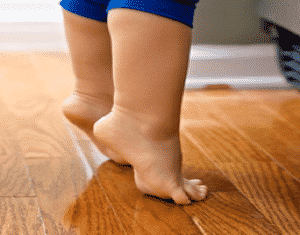
The reason why toddlers many toddlers walk on their tip-toes is because as babies (learning to walk) they wore none-supportive shoes made from soft materials. This problem needs high, rigid, ankle supportive shoes with orthopedic arch support. The shoes will profile the foot, stabilize the back foot joints and over time will minimize and stop tip-toeing.
Intoeing (Pigeon Toes) or Outtoeing
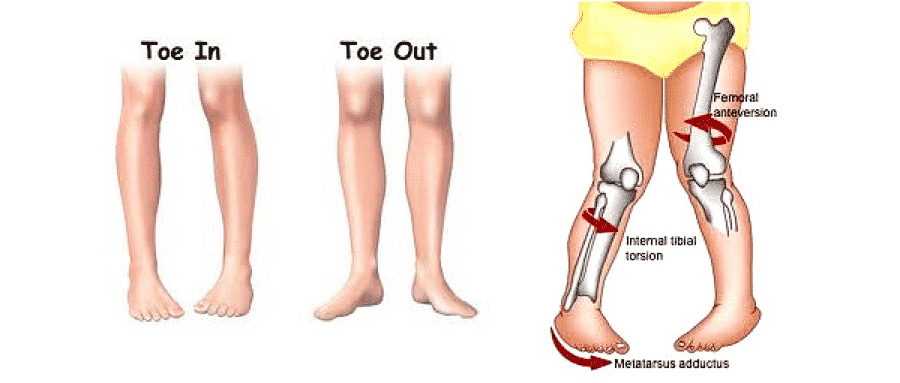
Do you child feet turn inwards instead of pointing straight ahead when standing, walking or running, does he have intoeing gait? Or do you child’s feet are pointed excessively outwards? Intoeing is seen in children of different ages for different reasons. The problem may be due to the way the bones are formed or the way the muscles in the hips work or plainly because they wear not supportive shoes with good ankle and arch support. Intoeing and outtoeing usually does not cause pain or interfere with the way your child learns to walk. Although, severe intoeing can cause young children to stumble or trip.
Once little feet are deformed and left untreated, the condition may become permanent in adulthood and no treatment exist to correct the problem. As body ages, the condition may result in joints, feet and back pain. Therefore, high supportive shoes with arch support are needed to minimize the condition. If in toeing continues special orthodics (made by podiatrist) are needed to line up the feet and improve the condition.
How can you improve your child’s feet?
- Buy only footwear with orthopedic sole and arch support. Qualitative supportive footwear is especially required for little feet that are growing and developing a shape. Quality shoes are like investment in your child development and well being like education and right skills. Have only 2-3 pairs of orthopedic shoes per season and prevent feet problems instead of having 4-6 pairs of bad quality shoes.
- Buy only shoes with leather shoe insole and leather upper.
- If the problem is not big, let your child spent as much time as possible with his bare feet. Let him/her walk in the grass or sand.
- At home supportive European slippers are recommended for proper foot support since floor or carper is not contouring to baby’s feet like sand or grass.
- If the flat feet or other problem are already developed, the child should be as much time as he can in the right shoes.
- Tie the laces and straps well to grasp ankle.
- Do not rotate between orthopedic shoes and poorly made ones, simply because quality shoes shape and mold kids feet and cheap shoes cause foot deformation.
Why leather insole is important?
The feet of a child produce sweat about 8 to 10 litters annually. The shoes manufactured from artificial materials make plastic bag effect around the foot. This will lead the accumulation of sweat within the shoe and cause uncomfortable sense of wet. Additionally it invites the bacterial diseases! The inner and outer structure of European shoes is made of calf leather which absorbs the sweat and allows the little feet breathe. This eliminates the bacterial problems which may gradually appear in the feet of our active children. Only European genuine shoes feature antibacterial innersoles for children. So no more sweaty, smelly feet in European shoes! Also, rubber soles technology was greatly updated in the last few years where orthopedic arches are molded into the sole of the shoes, that way the support never disappears from the shoe. Before that improvement European manufacturers were building the arch from the inside of the shoe creating a “bump” that supposed to support the foot. Problem with that was that during the course of wear of the shoe leather inside the innersole became soft, smaller, sweaty and arch completely disappeared over time. That is why that problem was resolved with molded rubber soles that feature the arch and never goes flat. Orthopedic rubber soles are only manufactured in Europe by four companies that properly fit, measure and adjusts soles to kids feet. They also dominate the market in Europe and sell those soles to all European manufacturers. No soles are made in China, India or Bangladesh on genuine European orthopedic shoes and they strictly prohibited in Europe.

What benefits do European orthopedic shoes offer?
- Healthy shoes offers high quality shoes made in Europe using only natural calf leather with care for enabling the maximum comfort and air permeability for the children dry feet.
- Shoes are designed according to foot anatomy.
- All the shoes have arch support and could be used for the flat feet prevention.
- Flexible rubber shoe outsole will protect your child from slipping and falling.
- Hard heel counter supports the feet for the over-pronation prevention.
- Shoes are designed at the maximum possible lightness for not putting load on the children.
- The roomy toe box provides a safe environment with plenty of wiggle room for tiny toes allowing foot growth and muscle development.
- European shoes have antibacterial insole which absorbs the sweat leaving the foot dry and preventing bacteria and fungi formation.
- The most appropriate width surrounds the ankle without letting it move.
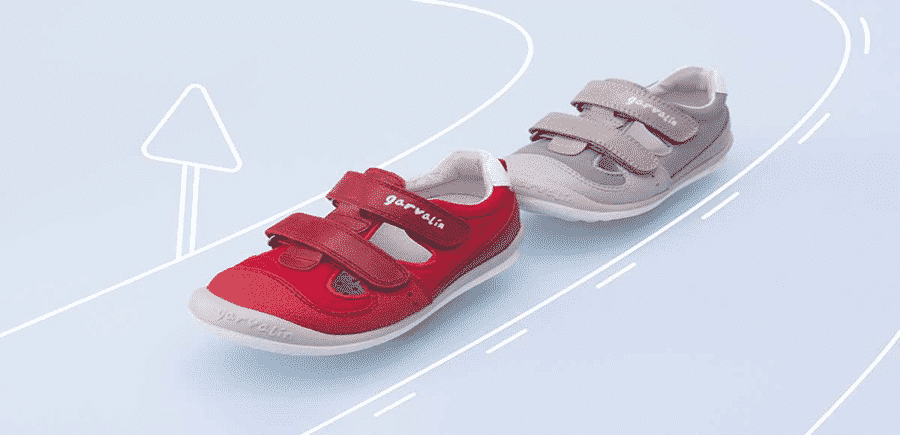
Guide to buying best shoes for children
It is important to buy shoes that not only look good but they are practical, comfortable and healthy for the kids.
- Measure your children’s feet to be sure you choose the right size.
- Make sure they can wiggle their toes inside the shoes. Their shoes should not be touching the top of the shoes. Allow a little growing room for the children’s feet (there should be 0.5 inches room for growth)
- Children need shoes with a firm heel. Make sure that the shoe is not too loose at the heel.
- Make sure shoes have a rubber sole for the children’s safe run and play.
- Any shoes for activities and play that do not offer a good deal of support and cushioning should be avoided.
- Watch the child walk in the shoes to see if they seem to be walking all right and make sure they are not slipping.
- Wear only cotton socks in European shoes (except sandals). This will ensure a comfortable, natural and dry environment for the feet.
- Always buy quality only European shoes for your child.
You can purchase best genuine European shoes for children online at Kinga European Children Shoes. Their site is well organized and offers variety of brands and sizes for every type of foot. They will advise you on best type of shoes for their child since they offer over 75 genuine European brands.
